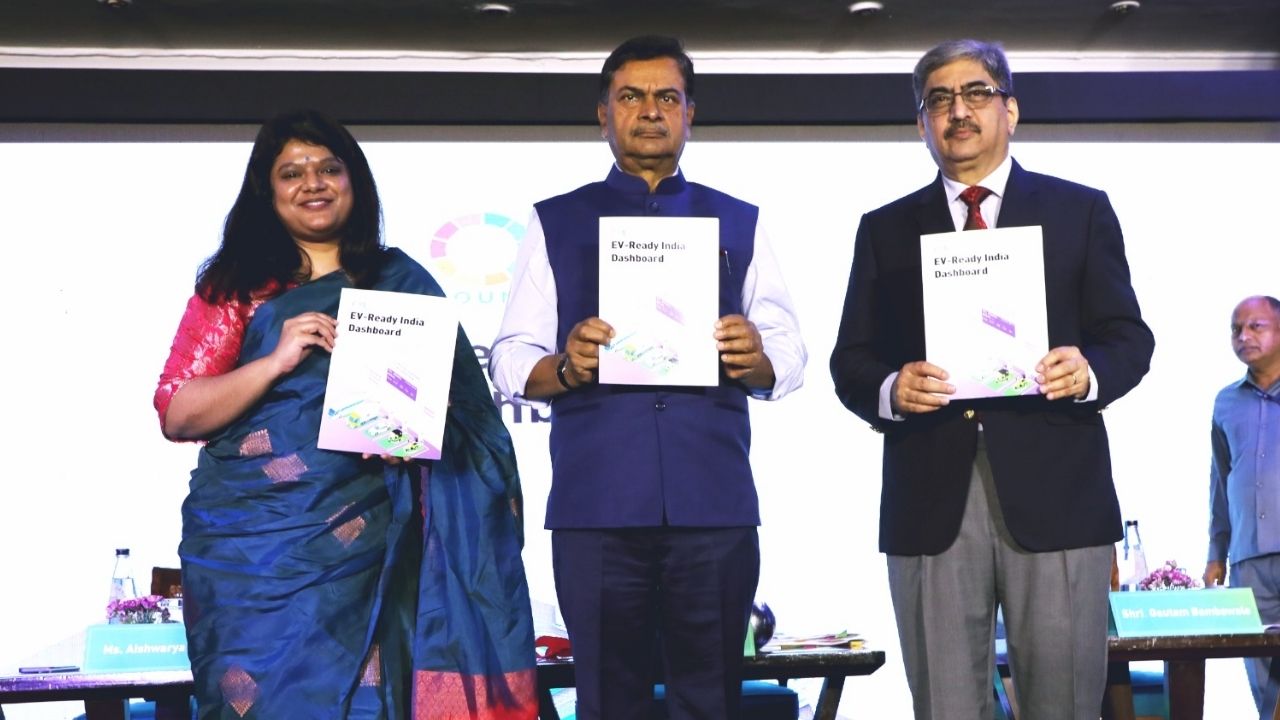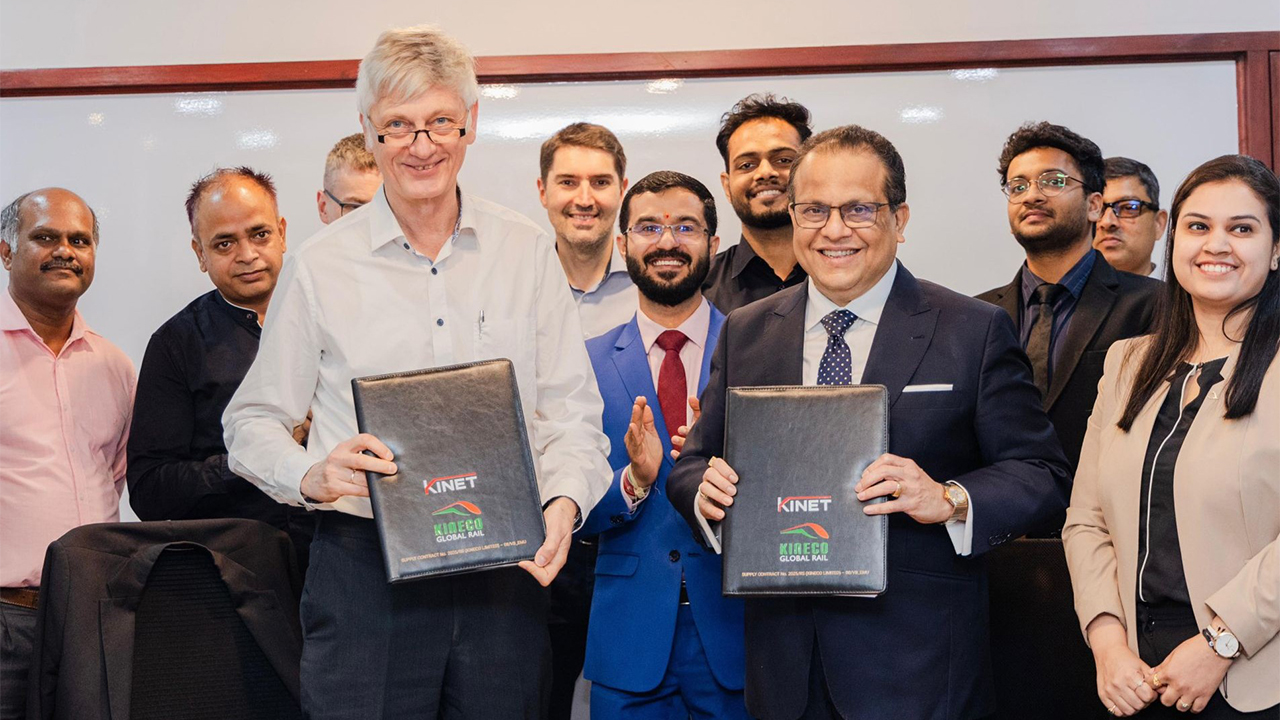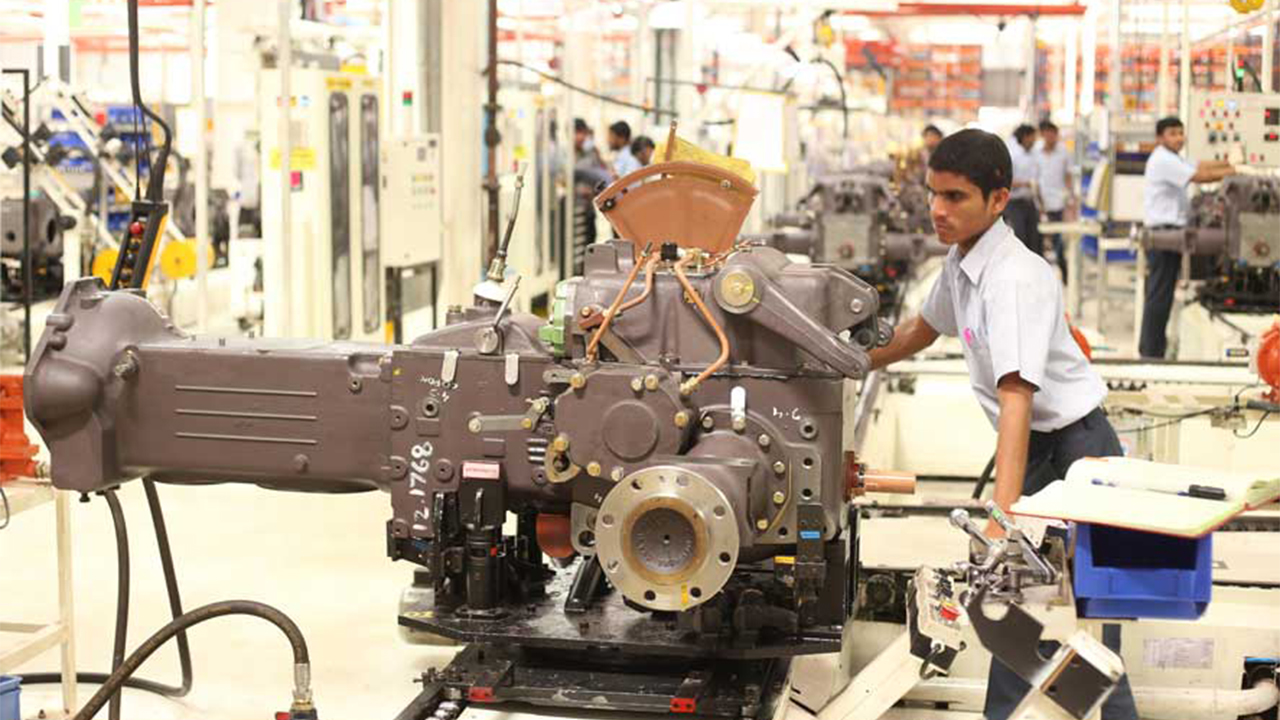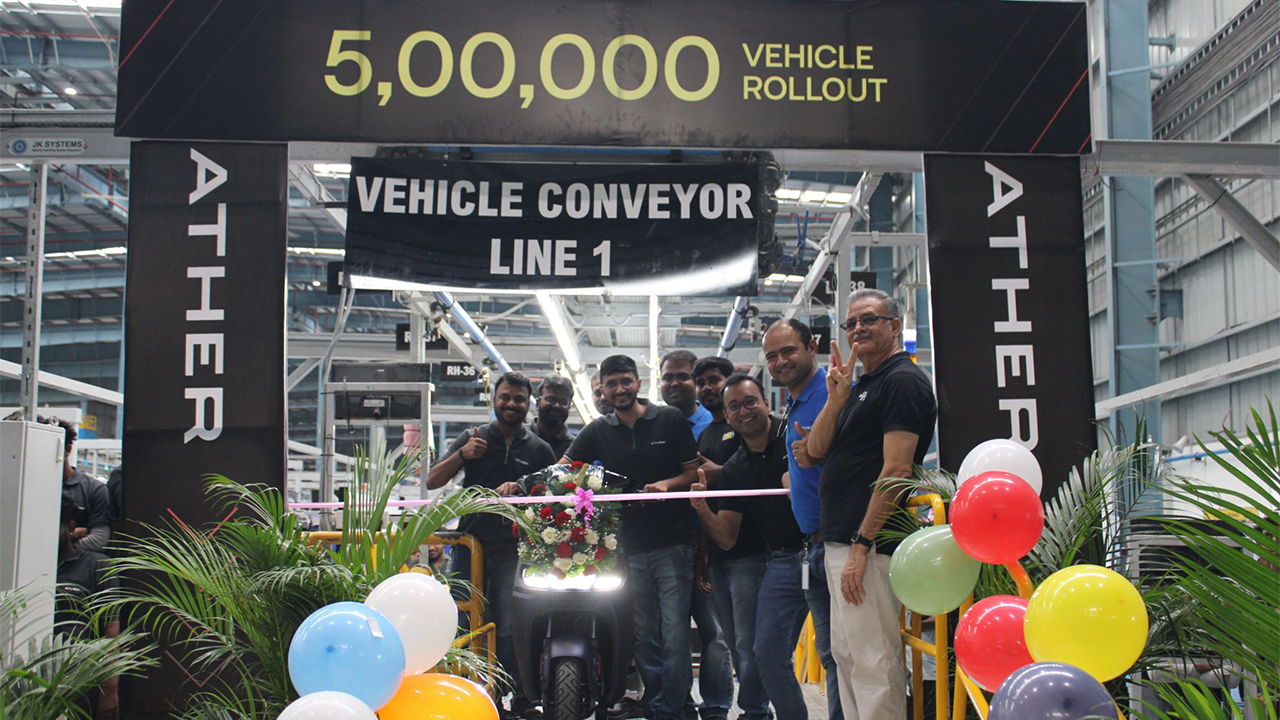EV-Ready India Dashboard Launched
#EVReadyIndiaDashboard #ElectricVehicles #Emobility #EVs #ElectricMobility“India’s leadership in electric vehicles is of critical importance. Our economy needs to be energy independent of fossil fuels. India is already on the path to being EV Ready and leading the conversation on climate action for the transport sector. Another important step towards making EVs mainstream is expanding the charging stations, which already is at 10,000 currently. The EV-Ready India Dashboard is a fantastic initiative to update us on the progress of EV deployments, and other electric mobility trends and I congratulate the OMI Foundation team for this feat.” - RK Singh, Union Minister of Power, New and Renewable Energy, Government of India

October 2023 : OMI Foundation, along with RK Singh, Union Minister of Power, New and Renewable Energy, Government of India launched a brand-new EV-Ready India Dashboard (evreadyindia.org) – an industry growth focused digital platform to address the need for macroeconomic data and analysis on India’s massively growing electric mobility segment. The Dashboard launch was attended by representatives across union and state governments of India, Niti Aayog, World Bank, and more.
The all in one, near real time free EV-Ready India dashboard harnesses the power of data and AI and serves as a platform for industry inclusion and collaboration. It is the only dashboard in India that compiles sales data across all Vahan states and Telangana, along with a direct view into the state of charging infrastructure, demand trends and TCO comparisons – making it useful for the EV buyers as well. Additionally, it tracks the current investment climate for EVs, and forecasts on market growth and EV hotspots for the country. It further measures emissions avoided, aiming to accelerate India’s journey to net zero.
To begin with, the dashboard estimates over 1.6 crore annual EV deployments in India by 2030. With this, it also cites Maharashtra and Delhi operating with the highest number of charging stations in India (2531 and 1815 respectively). Maharashtra is emerging as an E4W manufacturing hub, with annual EV sales to reach 35.15 lakhs by 2030 with a CAGR of 50.16 percent between 2022 and 2030. The annual battery demand in the state is expected to reach 11.6 GWh (giga-watthour), while the number of public charging stations in the state are 2700. Charging density in the state is 75 i.e 1 public charger caters to 75 EVs, which clearly calls for expansion of stations across the state.
RK Singh, Union Minister of Power, New and Renewable Energy, Government of India said while launching the EV-Ready India Dashboard, “India’s leadership in electric vehicles is of critical importance. Our economy needs to be energy independent of fossil fuels. India is already on the path to being EV Ready and leading the conversation on climate action for the transport sector. We have taken active steps to reduce emissions, having already cut emission intensity by 33 percent in 2019 since 2005, and the capacity for generating renewable energy has multiplied by almost 7X in the last few years, standing at 185K megawatt today. We are confident that India will surpass its target of 50 percent energy production from non-fossil fuels by 2030. EVs are critical for this journey both from an energy dependence and environment standpoint, and as the number of EVs grow on the roads, we will see India emerging as a leader in climate change. Another important step towards making EVs mainstream is expanding the charging stations, which already is at 10,000 currently. The EV-Ready India Dashboard is a fantastic initiative to update us on the progress of EV deployments, and other electric mobility trends and I congratulate the OMI Foundation team for this feat.”
Amitabh Kant, G20 Sherpa, Government of India during the launch remarked, “OMI Foundation's EV-Ready India Dashboard is a transformative platform that consolidates vital insights on electric mobility. It goes beyond data presentation, sparking healthy competition and collaboration among stakeholders. Recognising that the real action in electric mobility occurs at the state level, the dashboard offers comprehensive, state-specific insights. This empowers policymakers to make informed decisions, fostering India's journey into a global EV leader. The dashboard also underscores the urgent need to expand charging infrastructure to meet rising demand, a critical aspect of the EV transition. I urge all state and district authorities to leverage this dashboard as they compete to lead India's EV revolution. It’s a tool that not only offers a competitive edge but also promotes collaboration, driving India toward a sustainable electric future.”
Aishwarya Raman, Executive Director of the OMI Foundation added, “EV-Ready India is a dashboard that is all in one and free for all. It is for all those who want to be a part of India’s EV journey. This is a milestone development for OMI Foundation, as it culminates extensive research, statistical analysis, and relentless dedication of our inhouse experts. The platform is meant to enhance knowledge, foster ecosystem-wide collaboration and underpin effective policy making – as we continue to make this dashboard more comprehensive, and insightful. It is our contribution towards positioning India as a leader in sustainable mobility.”
Key Features of the EV-Ready India Dashboard
For the policymakers and industry, the dashboard presents consolidated sales data for all 34 Vahan states and Union Territories, and the additional Telangana. The data is visualised for easy understanding of adoption rates and trends presented by time period, form factors, states, and more.
The dashboard shows forecasts on EV adoption, and associated battery demand till 2030, allowing both policymakers and industry alike to strategize and execute their clean mobility goals. In addition to pan-India projections, the dashboard presents state-wise projections, in a first-of-its-kind approach.
For the end user, i.e. the (potential) buyer of EVs, the dashboard shows financial benefits of EV ownership, including potential savings on upfront costs, operating and maintenance costs, etc. On the click of a button, the user can also review the list of EV models that are eligible for subsidies and the quantum of such subsidy.
It also includes a comprehensive repository of all policies and regulations covering all value chains of the EV ecosystem. The policy module helps states compare their policies, update them based on their competitive advantages,
For users, industry, and policymakers alike, the dashboard presents a comprehensive overview of charging infrastructure covering both charging stations and points across the country. Additionally, the dashboard shows the density of charging points with respect to EVs on the road. This module also shows charging tariffs allowing states to improve their rates vis-a-vis others,
By tracking and benchmarking investments across EV value chains such as vehicle manufacturing, battery technology, battery recycling or urban mining, etc., and research and development, the dashboard maps the contributions to India’s economic growth and job creation.
The dashboard, further, measures India’s journey towards net zero by tracking emissions avoided due to accelerated EV adoption across the length and breadth of the country.
Lastly, the dashboard presents news and blogs on EV adoption and data-driven decision-making pertaining to all value chains of the EV ecosystem in a single place.
Access the dashboard at https://evreadyindia.org/
NEWSLETTER
TRENDING ON PRO MFG
MORE FROM THE SECTION









